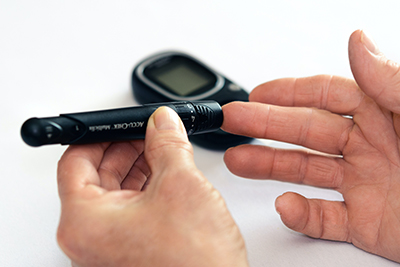Diabetic retinopathy occurs in people with diabetes, leading to blindness. Diabetes affects the retina’s blood vessels and nerve tissue, resulting in diabetic retinopathy.
Stages of diabetic retinopathy
Non proliferative retinopathy is characterized by swelling and leakage of blood vessels. There is a possibility that this may lead to macular edema (swelling of the retina), which can result in mild vision loss in some cases but can also be treated. Loss of adequate blood supply to the retina can also affect the nerve cells in the retina, which may affect vision.
The proliferative phase of retinopathy increases the abnormal blood vessels on the retina. Occasionally, these blood vessels break and bleed into the vitreous gel, which fills the eye resulting in severe vision loss, calling for an urgent need for treatment.
There is no cure for diabetic retinopathy, but you can reduce your risk of developing it or having it progress. It is possible to slow the progression of retinopathy and prevent it from getting worse by controlling your blood sugar. The procedure also reduces the need for laser surgery or other retinopathy treatment procedures.
How does diabetic retinopathy develop?
A person with diabetic retinopathy can experience damage to blood vessels. Some people with diabetic retinopathy may experience swelling and fluid leakage from the retina. Some people develop abnormal new blood vessels in their retinas. There is a possibility of severe vision loss due to these changes.
How do you know if you are at risk for diabetic retinopathy?
Diabetic retinopathy can affect anyone with diabetes. Pregnant women, people with diabetes, smokers, and people with high blood pressure are at higher risk.
Which symptoms are associated with diabetic retinopathy?
Diabetic retinopathy sometimes does not show any symptoms, keeping you unnoticed of the disease until the disease has progressed. With time you may experience blurry or double vision, dark or floating spots, pain or pressure in one or both eyes, rings, flashing lights, or blank spots.
Diabetic retinopathy may result in macular edema. The macula, the retina’s central portion, swells in macular edema, resulting in blurry vision. When blood vessels grow on the retina, they can bleed into the eye, causing vision loss.




